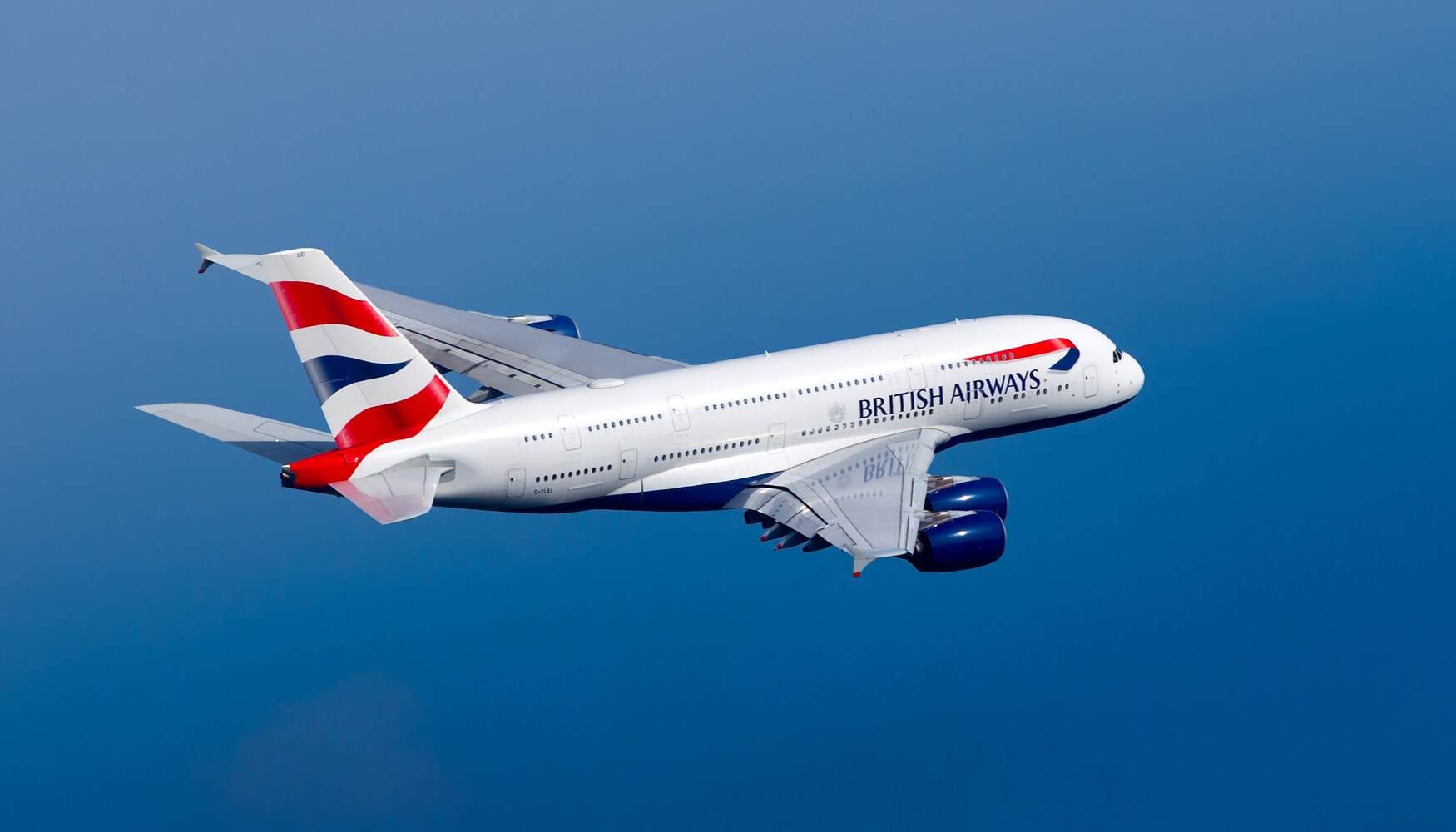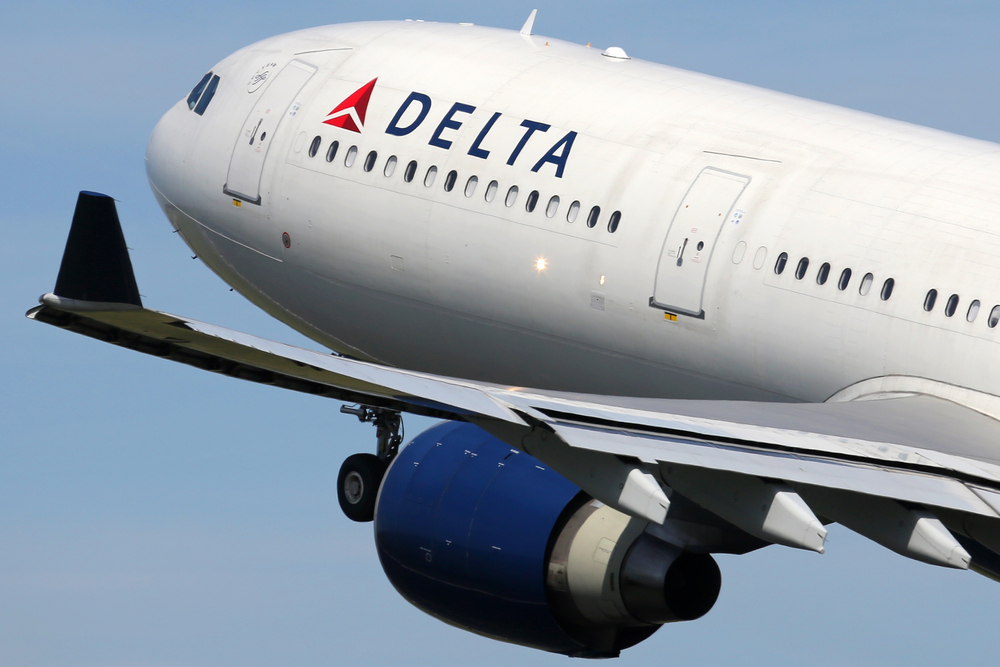Toxic Fumes Continue to Be the Problem Airlines Won’t Admit Exist

Have you heard of Aerotoxic Syndrome? If you have read about the increasing number of flights making emergency landings due to overwhelming cabin odors, you’re somewhat familiar with it.
Cabin air is ‘bled’ in from the engines to pressurize it, as well as for air conditioning and other systems. If the seal on the engine lubricant fails, it can drip oil into the hot engine air. The warmed oil then can be taken into the cabin, and cause “dirty sock”-like fumes. The oil contains an additive called TCP, or tricresyl phosphate, which can cause symptoms such as fatigue, tremors, confusion and irritation to eyes and respiratory system. Thousands of pilots, flight attendants and passengers have been hospitalized for experiencing either one time or ongoing symptoms related to these events.
So what is the industry doing about this issue? Mostly denying it.
The numerous fume events that have been taking place in recent months and years continue to be treated by the airlines as the bogeyman, and affected crews like children who are sent back to bed, told not to worry and it’ll all go away. But how can so many people end up with imaginary ailments that result in hospitalizations and ended careers? The most grave instance of alleged Aerotoxic Syndrome is the death of Richard Westgate, a British Airways pilot, who battled chronic symptoms so intense that he moved to the Netherlands from England to seek treatment for his worsening condition. An inquest this year ruled his cause of death to be an overdose of the sedative pentobarbital, but his family insisted that throughout his life and after his death, his symptoms were not taken seriously and that the issue was all too easily swept under the rug.
Fume events resulting in diversions and hospitalizations happen on nearly a daily basis, and make the news less and less often as the airline industry and local governments are all too quick to downplay them, which doesn’t provide crews with a lot of comfort. Even looking at the Wikipedia entry for “bleed air,” I found this:
“Certain neurological and respiratory ill health effects have been linked anecdotally to exposure to bleed air that has been alleged to have been contaminated with toxic levels on commercial and military aircraft. This alleged long-term illness is referred to as Aerotoxic Syndrome by agenda groups, but it is not a medically recognized syndrome.”
While this is essentially correct – Aerotoxic Syndrome is indeed not officially medically recognized by the medical community – it is as dismissive as the airline industry as a whole is to the phenomenon plaguing pilots and flight attendants worldwide. Complaints from passengers and crew are routinely dismissed and explained away, yet the commonality of the issues exist.
While I’ve never been involved in a fume event myself (although I’ve boarded empty aircraft where I’ve smelled remnants of the odor, and it indeed has taken my breath away), I know of many people who have. None of these people went to work wanting to cause a diversion or end up with hospital bills. They continue to be ignored. Despite the increasing publicity the issue receives, there are still many who consider it merely a conspiracy theory, especially those for whom fixing the problem would be especially costly. Boeing, after settling a lawsuit with a former flight attendant suffering from symptoms of aerotoxic syndrome for an unspecified sum, designed its 787 Dreamliner aircraft with cabin air intake away from the engines – the only commercial aircraft to have this feature.
These events will continue to occur and we are all at risk until the airlines admit that there is a problem and begin tirelessly searching for solutions. Just like with addiction, the first step is admitting there is a problem. The more vigorously it’s denied, the more people will be affected. The problem is simply not going away.
[Photo: Shutterstock]























How does the aircraft cabin air become contaminated ? https://youtu.be/sXf7MvI-nhU The victims and what it looks like... https://youtu.be/bl4_SVoXUhA How you can help as a Frequent Flyer to make a difference. We need your voices to be heard. https://www.change.org/p/senator-richard-blumenthal-cabin-air-quality-act
Cabin Air Safety Act now on the Senate floor for debate and vote with the Transportation Aviation Subcommittee https://aviationtravelwriter.wordpress.com/2017/07/02/cabin-air-safety-act/ https://aviationtravelwriter.wordpress.com/2016/09/14/cabin-air-quality-bill/
A bigger issue is the alarmingly higher than average cancer risk in aircraft crews. Frequent flyers are of course also get bathed in the ionizing radiation.
40 minutes out of SJU, got the dirty sock smell. All the crew members but one when on oxygen. She said the fumes did not bother her. After an hour on the ground, with maintenance looking the plane over, I was talking with her and she started trembling, could not talk and fell to the floor, uncontrollably jerking her limbs in all directions.
Which is why Boeing 787 is a plane to look for.in preference to a 777 or any Airbus.